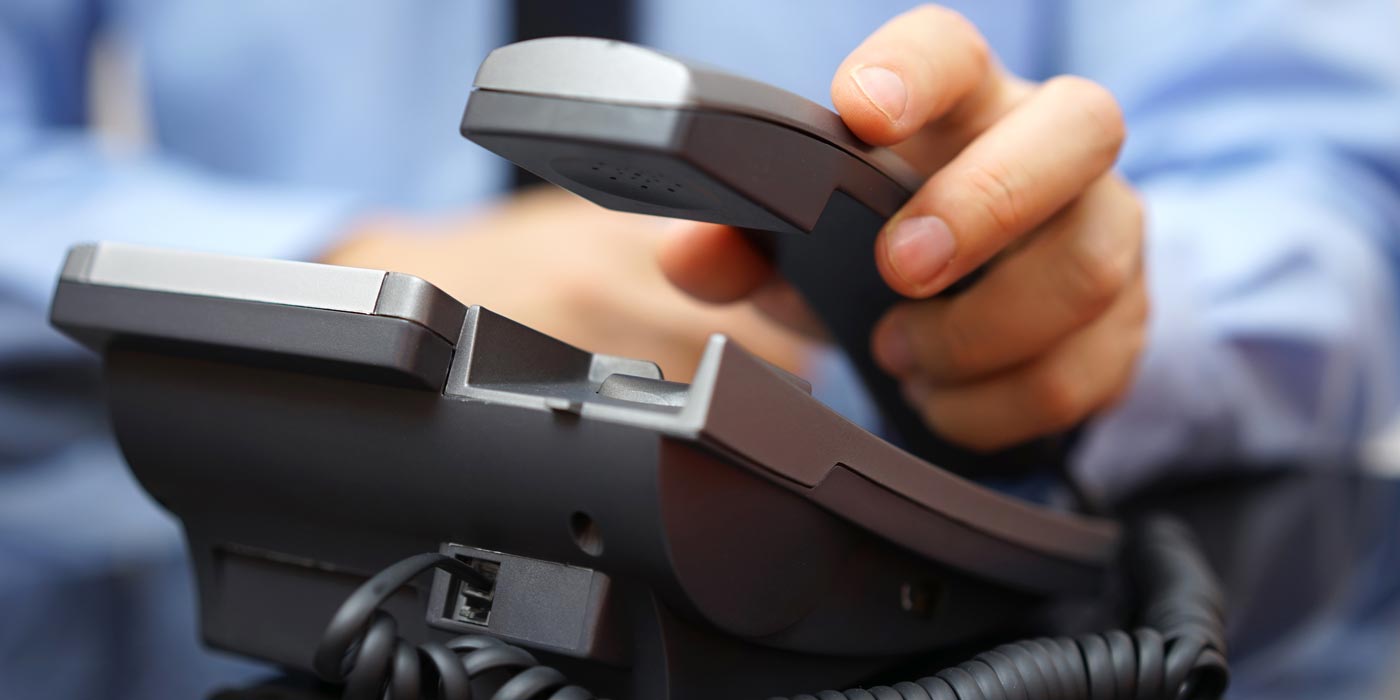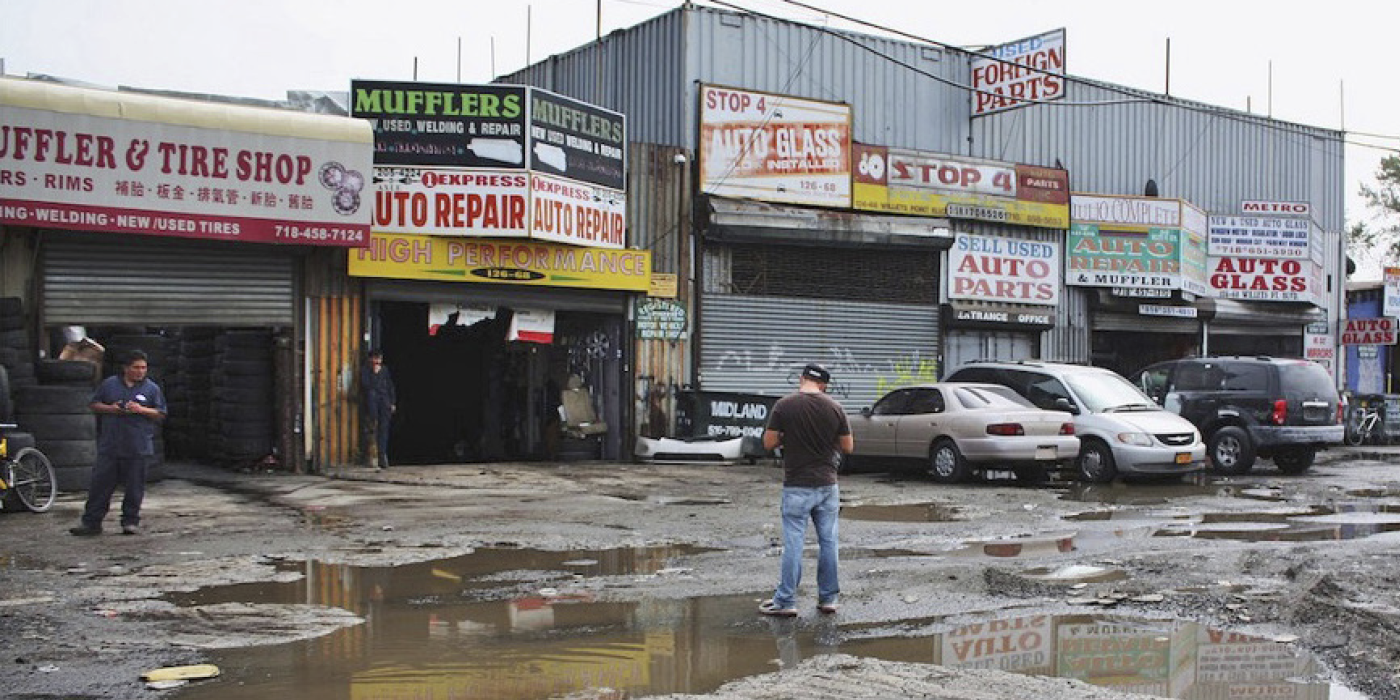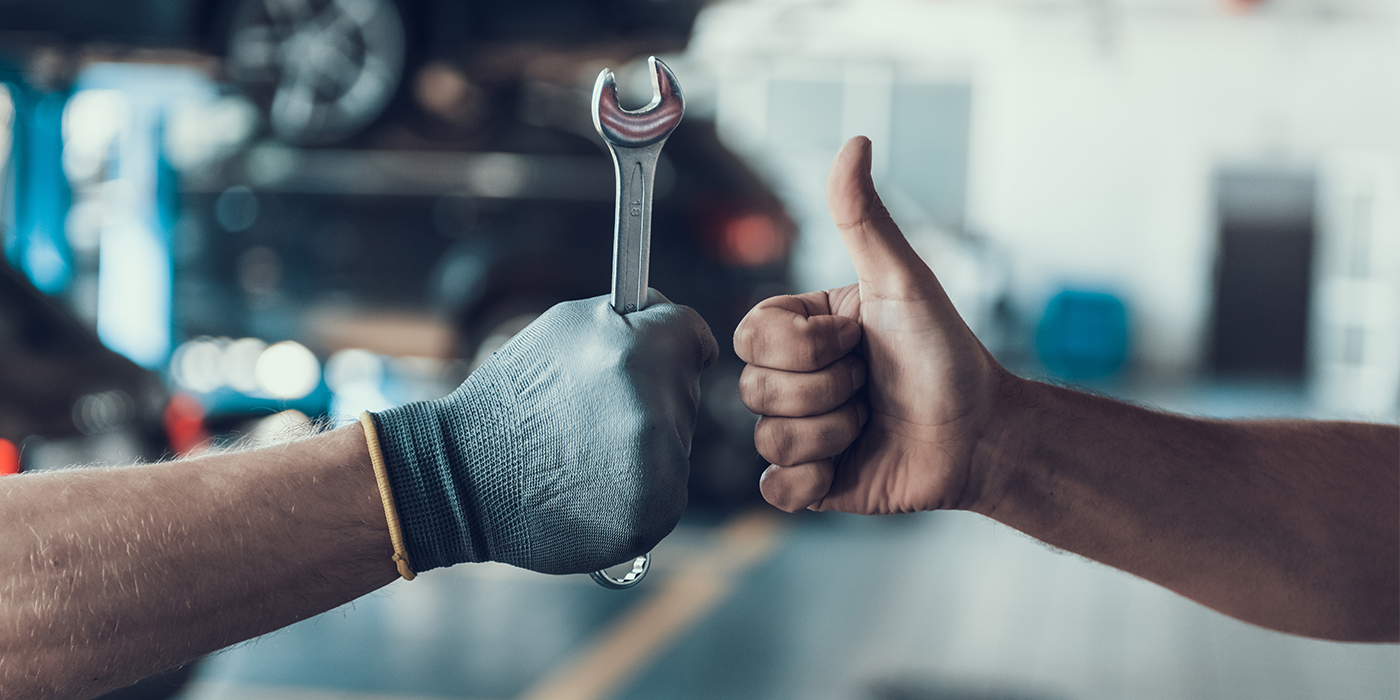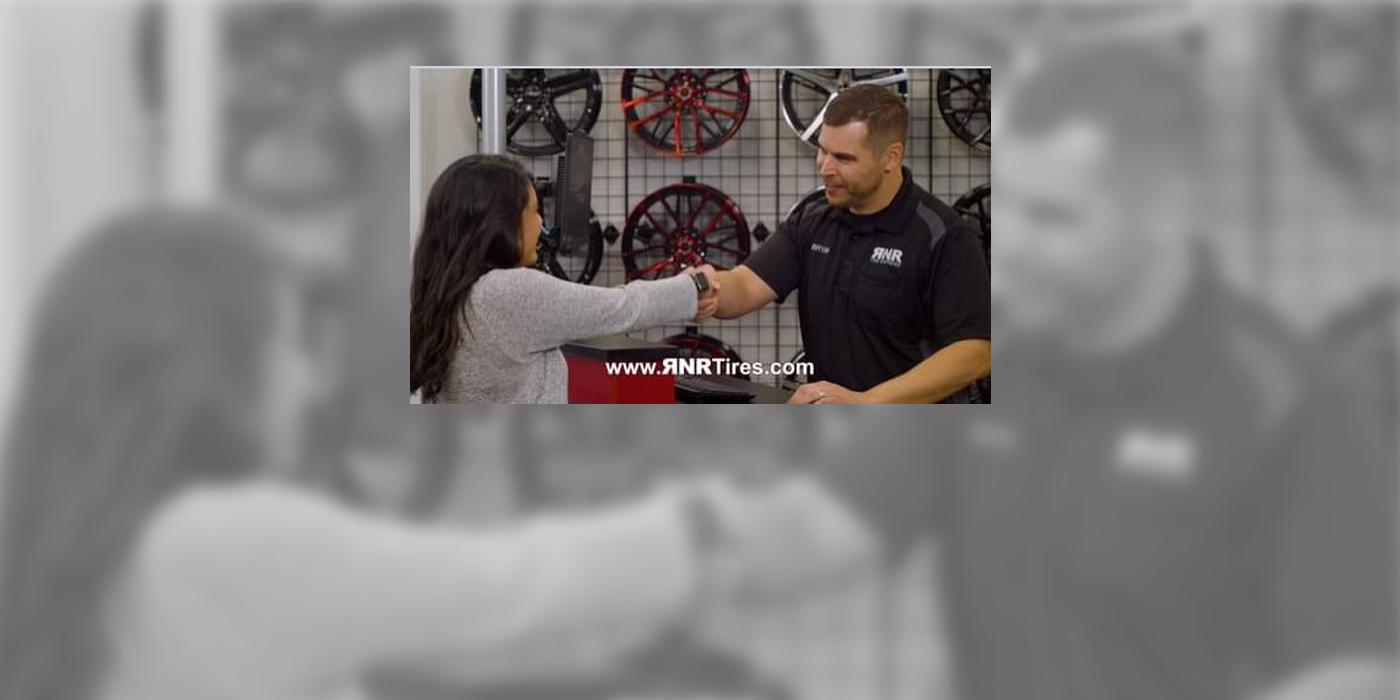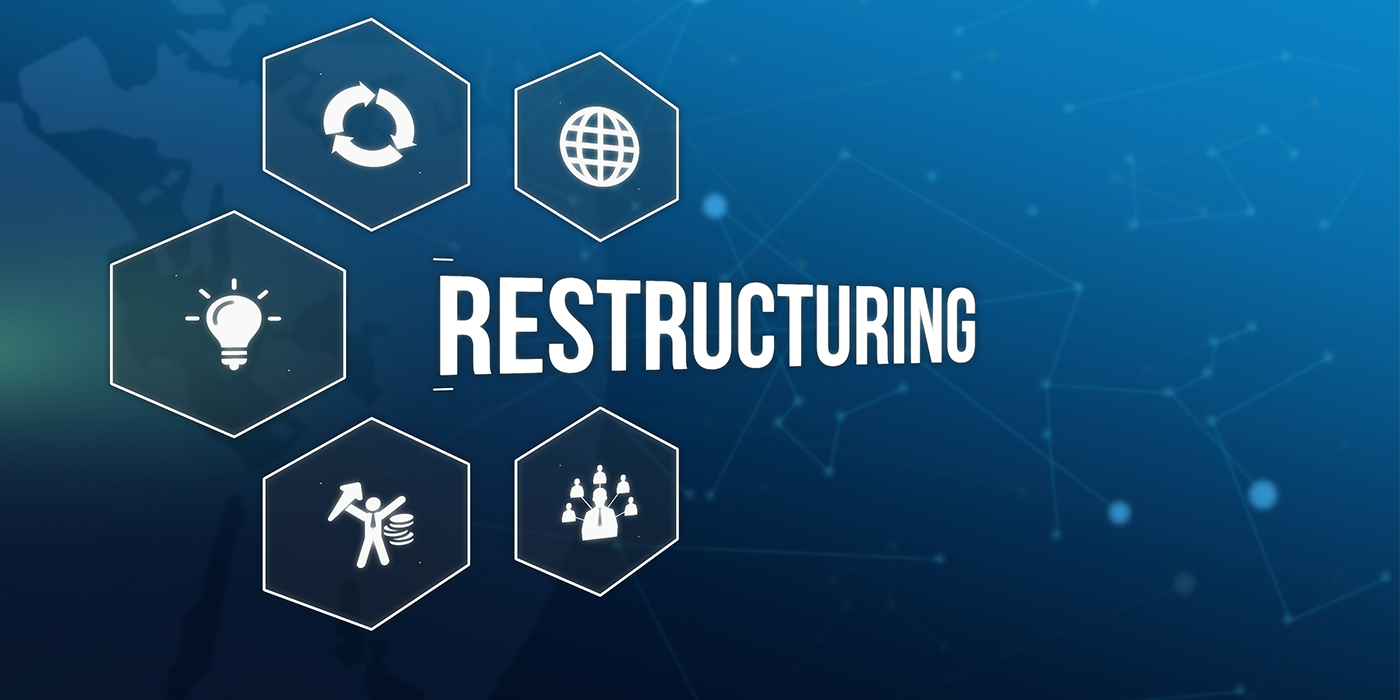Most enterprises have established operational policies and procedures that address almost every element of their business, from inventory controls to making bank deposits.
These basic operational procedures are usually unique to the individual business unit and subject to the discretion of the business owner. However, more often than not, the single most important operational function is often left unaddressed.
The procedure I refer to is that of customer service. Customers are the most important and vital assets to any business, and the manner in which employees interact with them and service their needs ultimately defines the business’ brand and its long-term success.
Establishing and implementing defined customer service procedures is the single most important thing that differentiates even a well-run business from those that truly excel. Combined with solid operational procedures for other business activities, implementing a well-conceived customer service procedure ensures true Operational Excellence.
One company that has excelled in creating operational excellence within their organization is McDonald’s. Whether you personally like McDonald’s or not, one thing you must agree on is its success. This comes from establishing standards for every customer touch point within their business model. Nothing is left to chance. Nothing.
As a result, the Golden Arches are recognized worldwide for a level of excellence that few in their industry can match.
Next time you visit a McDonald’s take notice of the procedures in place for servicing your food order. No matter if you go inside or through the drive-thru, there is a defined process for taking and delivering your order in the most time efficient manner possible. Note the drive-thru process where you place your order, pay at the first window and then pick-up your food at the next window.
Areas are designated where customers with special orders are directed to park. Once the order is ready it is hand-delivered to the vehicle. This reduces any bottleneck in the drive-thru line, keeping the service process flowing for other patrons. By the way, look at your receipt and you will find a non-intrusive customer feedback process that also serves to encourage the customer to return.
Now, while I admit tire dealers are not in the fast food business, McDonald’s and others have created expectations for a certain level customer service in all of us. In our industry, defined customer service procedures begin with the first contact and continue through following-up after the sale. While primarily the responsibility of employees interacting directly with the customer, others are the responsibility of those who perform tire or repair service and the owner and managers.
First Contact
Let’s start with the first point of contact with customers. In many cases, customers call first before visiting a tire dealership. The call may be to schedule an appointment or just request information. No matter the reason, today’s customers expect a high level of professionalism, courtesy and, yes, sometimes even empathy.
Here are some questions that you should consider regarding customer calls:
Have you invested in telephone skills training for those employees responding to customer phone calls?
Does your dealership schedule appointments?
Does your dealership pre-write work orders for customers that call ahead to reduce check-in time?
Do you utilize a mystery telephone shopping program?
These are but a few items to consider when establishing operational procedures for customers that call ahead. However, I must stress the area of making appointments. It never ceases to amaze me how many tire facilities still do not schedule appointments for their customers. No matter whether you operate a single-location or a multi-location business, I can guarantee that you are losing marketshare if you’re not scheduling and honoring appointments that are convenient to customers.
The other first contact comes when the customer arrives at your location. Here the first employee to interact with the customer may or may not be a selling employee. For example, a service employee encounters a customer while pulling a vehicle in or out of the service bays. Common courtesy should be observed, acknowledge the customer with a smile or verbal welcome.
Customers entering the location should be acknowledged immediately (within 15 seconds) with a smile and verbal welcome. First impressions are critical!
Customer Write-Up
Next up in providing customer service is efficiently responding to their service requests and creating a work order that has all necessary and required information. This process helps service techs meet and exceed the customer’s expectations while establishing documentation for exactly what is being agreed to and for what price.
Having all the necessary elements for quickly developing a work order is critical. Besides the paperwork itself, having things at hand include key tags, symptom sheets, oil change stickers, and other items that would enhance the servicing process makes the check-in process simpler and more effective.
Of course, a procedure must be in place that addresses such things as:
Is the customer waiting or leaving the vehicle?
What is the promised delivery time?
What time will the customer be contacted for follow-up?
What are the best ways to contact the customer?
Have all necessary approvals for work, inspections, etc. been documented?
Does the vehicle have locking lugs, and if so, where is the key?
One area often overlooked in the customer service process is developing an easily understood system for tracking a work order and vehicle through the service process. Some items that must be addressed include:
Where is the in-progress work order placed?
How is the work order assigned to the service or tire tech?
What service bay is the vehicle pulled into?
Is approved inspection completed first?
What does the service or tire tech do with the completed inspection form?
Who contacts the customer in regards to additional service?
How is the service tech informed of any additional work approved by the customer?
Where does the service tech park the vehicle once the work is completed?
What does the service tech do with the work order and keys once the services have been completed?
Who contacts the customer and informs them that the vehicle is ready?
Where are work orders and keys to be placed by sales employees?
Are all appropriate items with the work order (i.e. warranties, inspection results, print outs, etc.)?
While these are only some basic items for consideration, the point here is to reduce the time and effort required to perform the service being requested. It is also vital to ensure the customer is kept informed during every stage of the process.
One thing I should point out, for efficiency and customer satisfaction, the service or tire tech must complete the originally requested services after inspecting the vehicle, unless additional service is required that prevents the original service from being completed correctly. Nothing upsets a customer more than having their vehicle set for hours without the requested service being completed.
Finalizing Customer Contact
After the work has been completed and the customer arrives to pick up their vehicle, every effort should be made to efficiently finalize the customer contact. Do not rush through this step; always take the time necessary to explain all services completed and answer any questions they may have.
Many times customers are kept waiting when picking up their vehicle because of inefficiencies on the part of the dealer. Things like:
Incomplete work orders (i.e. part numbers, additional services, etc.)
Misplaced keys
Warranties not included
Credit approvals not obtained
Returned parts not available
One suggestion is to have the work order invoiced and ready for final signatures and payment. This goes a long way in demonstrating your dealership’s professionalism. And the transaction must be finalized with a sincere expression of appreciation for their business. Ensure the customer knows how and who to contact with any questions regarding this or any other service. Finally, establish some sort of customer follow up to ensure their satisfaction and future business.
I have highlighted some of the more obvious and basic customer service procedures that must be considered.
Every business model and location is unique and must be considered individually when establishing customer service procedures, but standardized procedures that flex to any situation are critical for achieving Operational Excellence.

